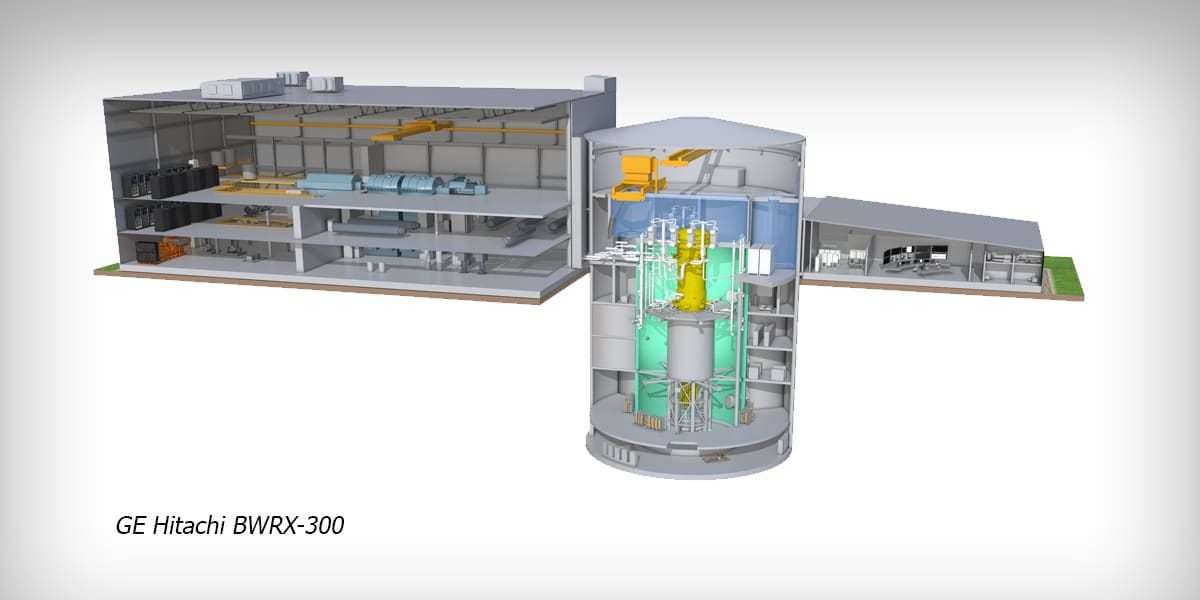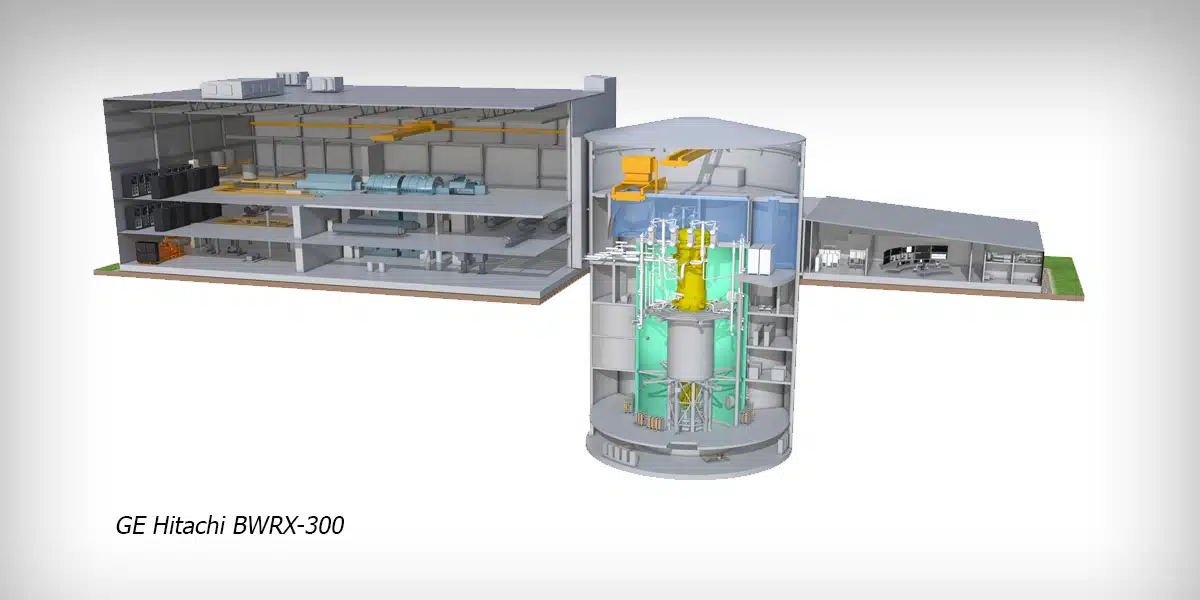With the United Kingdom setting its sights on the implementation of new-generation nuclear technology to augment its current energy services, a new player is entering the game.
GE Hitachi Nuclear Energy (GEH) recently submitted a generic design assessment (GDA) application to the relevant UK authorities for the implementation of its BWRX-300 small modular reactor (SMR). GEH’s application kickstarts a regulatory process that could augment the country’s current power generation capabilities as well as play a role in meeting its goal of tripling its nuclear capacity by 2050.
This initiative is seen as an expansion of GEH’s efforts to comply with the necessary regulations to bring the BWRX-300, a 300MW boiling water reactor, into the country.
The Way to Nuclear Revitalization
GEH’s application for a GDA is just the latest of numerous applications that came up as the UK government decided to take a different approach towards nuclear energy in light of the ongoing global power crisis.
According to government officials, related initiatives could boost the country’s nuclear generation capacity from 15% to 25%.
In doing so, the UK hopes to augment its power supply and address the fuel affordability issues that came about following the Russian invasion of Ukraine and the imposition of economic sanctions against the former.
For over two decades – between 2000 and 2021 – the country’s annual nuclear power allotment dropped from 23% to just 15%. This is mostly due to the fact that most of the country’s second-generation advanced gas-cooled reactors, mostly built between 1965 and 1988, were retired over the past several years. Today, the UK’s nine-reactor-strong nuclear component has a combined power generation capacity of around 6.5 gigawatts.
How Important is a GDA?
While GDAs are, technically, non-mandatory, the UK Office for Nuclear Regulation (ONR) and Environment Agency (EA) calls on companies to go through the process in order to ensure that any nuclear power plants they intend to build or any equipment they want to bring in meets the high standards set for safety, security, environmental compliance, as well as waste management.
Introduced back in 2007, the GDA involves four steps and serves as an introductory measure to reduce project risks and to build confidence that the company applying for one will be able to build, operate, and decommission nuclear facilities in the country under given standards.
At the moment, GDA applications are handled by the British Department for Business, Energy, and Industrial Strategy (BEIS) which updated the entry process last December 13th, 2022 with updated guidelines for both nuclear technology applicants, as well as those applying for the Future Nuclear Enabling Fund (FNEF), a £120 million fund launched in May of last year for mature nuclear projects seeking investments.







